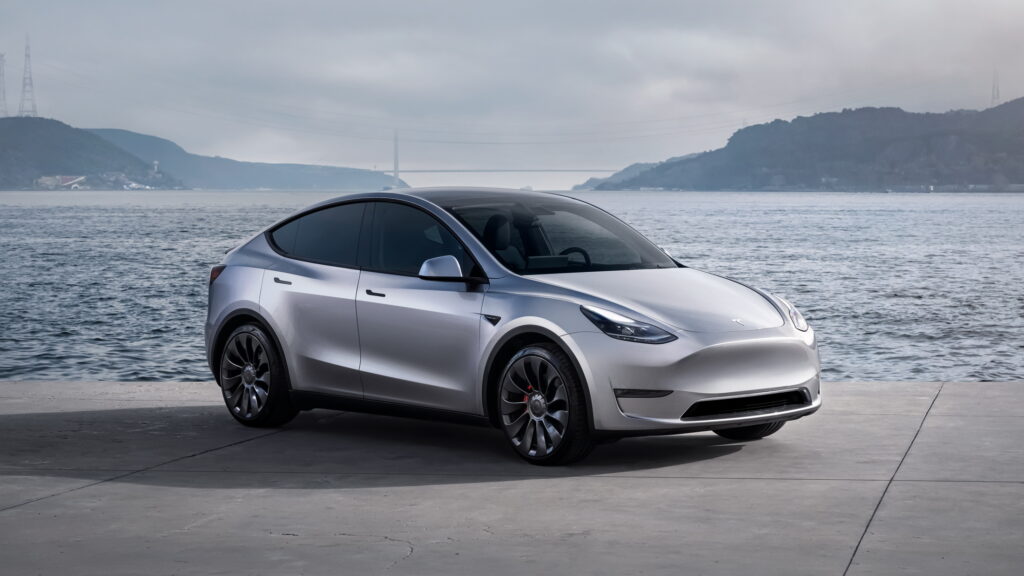Analysts believe that as many as 88.3 million new light vehicles could be sold globally next year as the industry continues its recovery from the Covid-19 pandemic and the subsequent supply chain shortages.
S&P Global Mobility reports that global new light vehicle sales will climb 2.8% year-over-year from 2023 where they are projected to reach nearly 86 million units. This represents a significant 8.9% increase from 2022 and next year, sales are expected to climb in key markets including Europe, the United States, and China.
Next year, sales could rise 2.9% in Europe to 15.1 million units. This could come despite tapering EV subsidies, economic recession risks, and car prices that remain high. In the U.S., sales are tipped to jump 2% to 15.9 million units and the market for battery-electric vehicles is expected to rise particularly quickly. Come the end of next year, there will be nearly 100 BEV models for sale in the U.S.

“Just when the auto industry is looking to return to a sense of normalcy from the supply side of the equation, US consumers in the market for new vehicle in 2024 will continue to face affordability issues by way of high interest rates, tight credit conditions and slow-to-recede new vehicle prices,” S&P Global Mobility’s manager of North American light vehicle sales forecasting Chris Hopson suggested. “An uncertain consumer translates to an expectation of a mildly progressing auto sales environment next year.”
In China, sales could jump 4.2% to as many as 26.4 million units. The proportion of new energy vehicles sold across the nation is also expected to continue to rise, jumping to as much as 44% of total new light vehicle sales, a large rise from 36% in 2023.
Read: New Car Sales Surge In The EU, BEVs Take 14.2% Market Share
Interestingly, S&P Global Mobility believes that global light vehicle production will fall slightly next year. This year, the industry would have produced approximately 89.8 million units, a 9% increase over 2022. However, production could decline by 0.4% to 89.4 million units next year.
The penetration of BEVs will continue through 2024. Indeed, analysts suggest that they will account for 16.2% of global passenger vehicle sales next year, a jump from the 12% market share of 2023.




